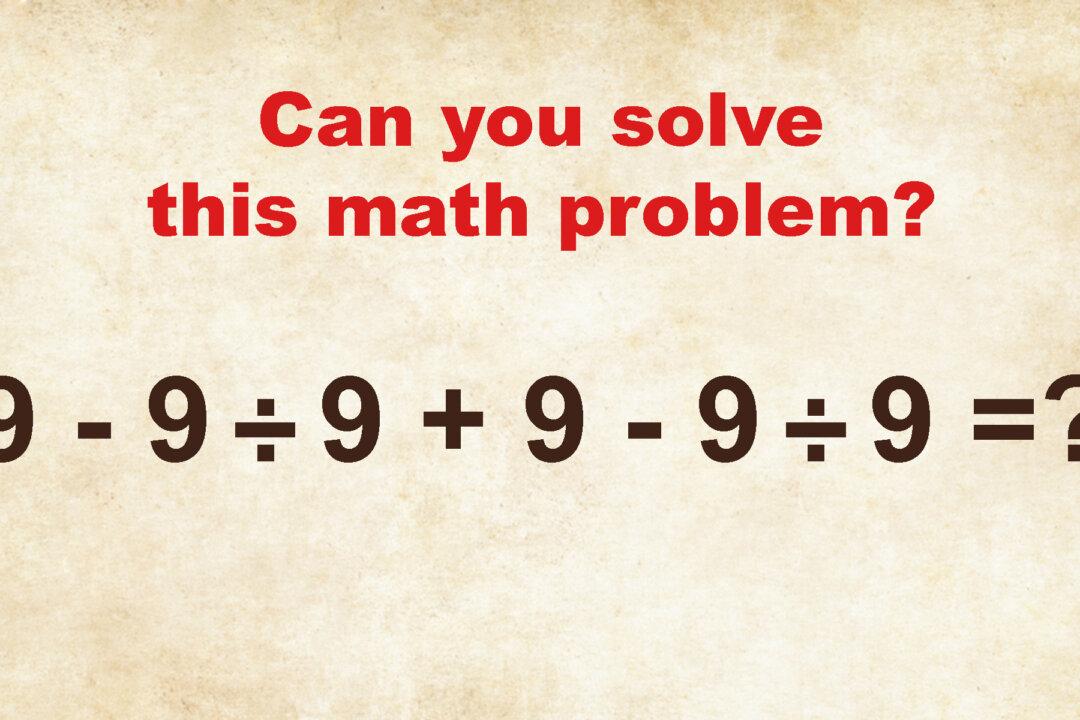A divisive math problem has gone viral because netizens simply cannot agree on the correct answer. The equation hails from the 1950s and is baffling many people for a fascinating reason: it appears that over the years, the “rules” for how to solve it have changed.
The math problem is this:
9 - 9 ÷ 9 + 9 - 9 ÷ 9 = ?Can you work it out? Give it a try, and once you think you have the right answer, scroll down to see what all the controversy is about and what the correct answer is.





